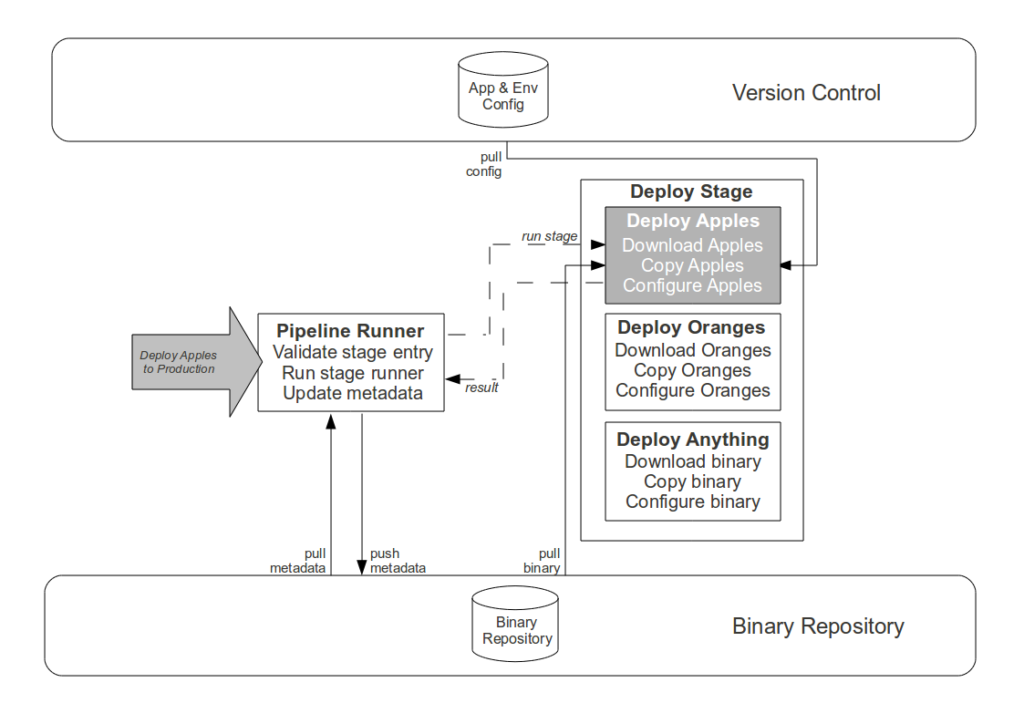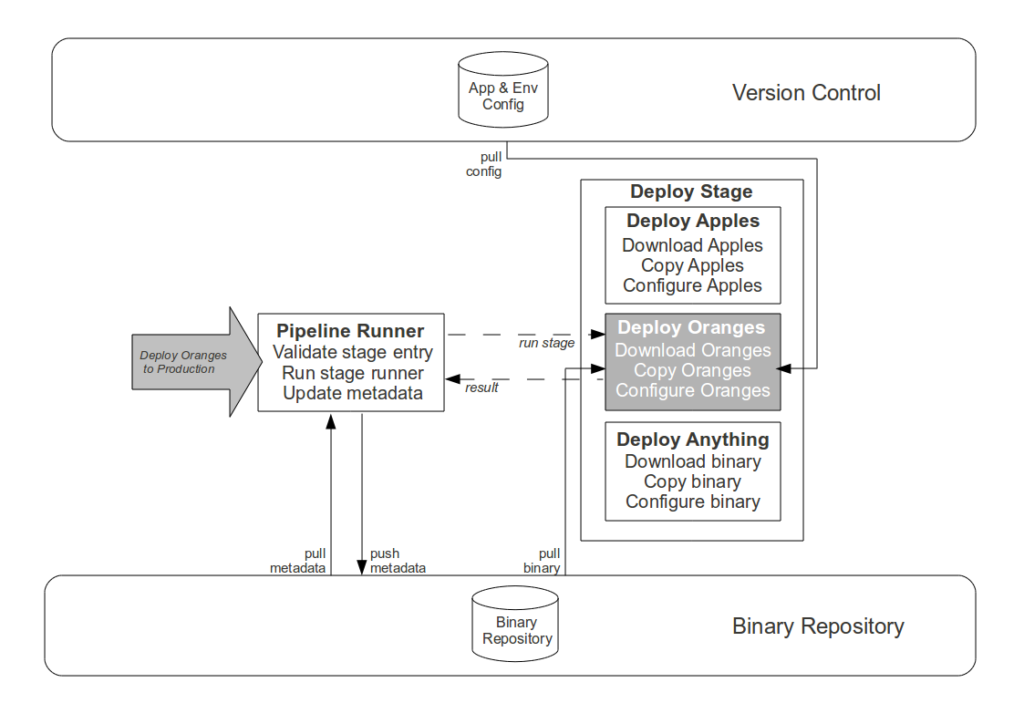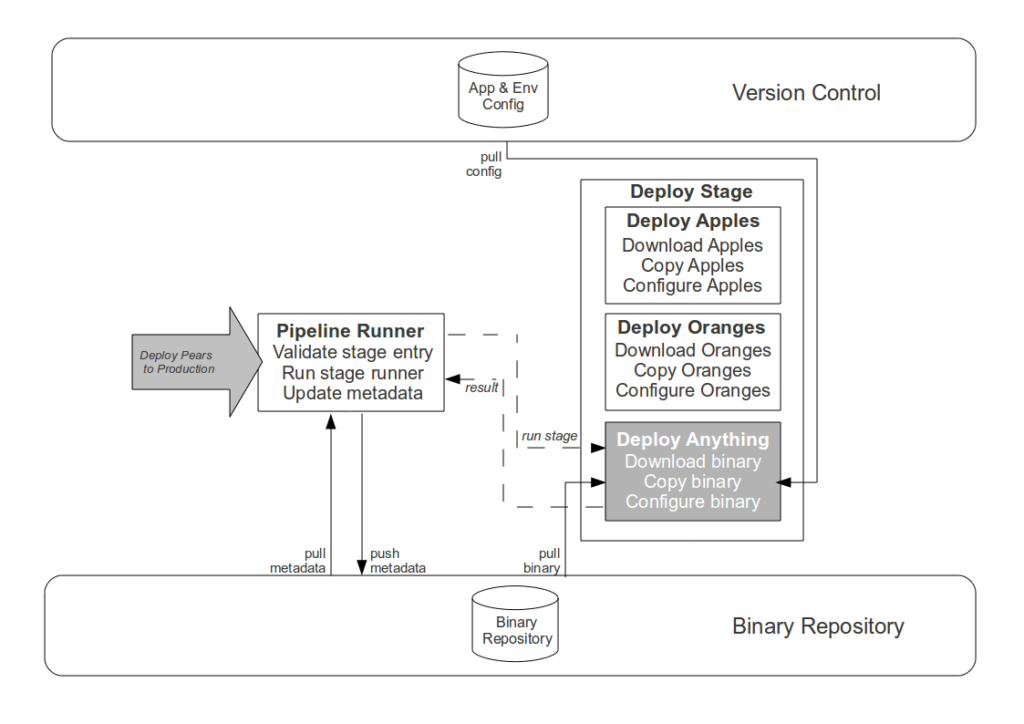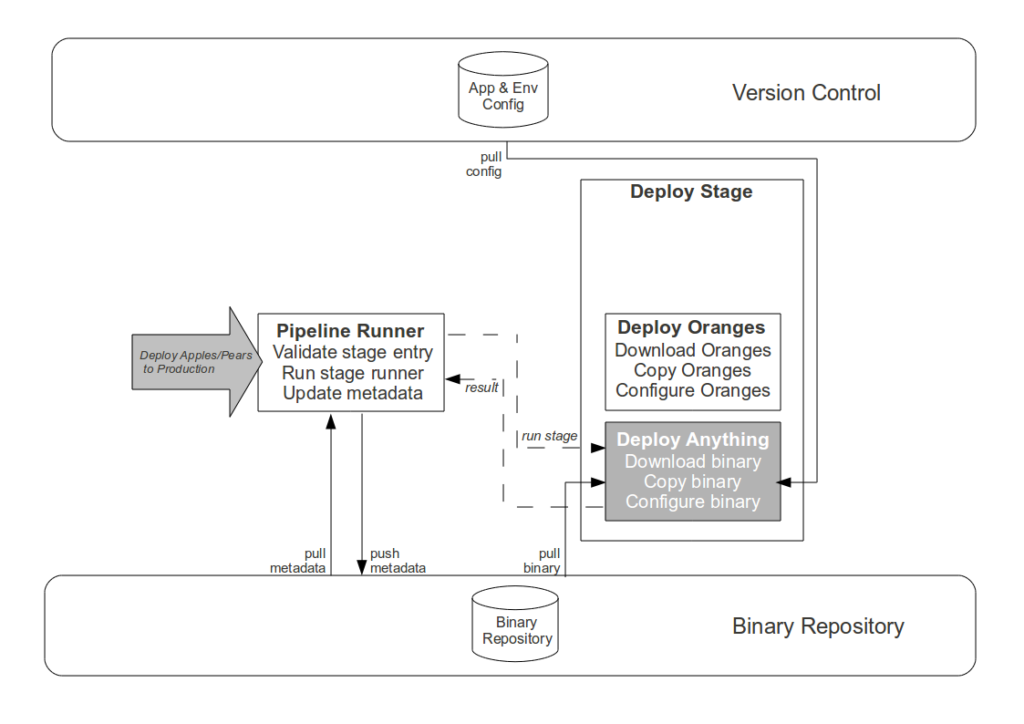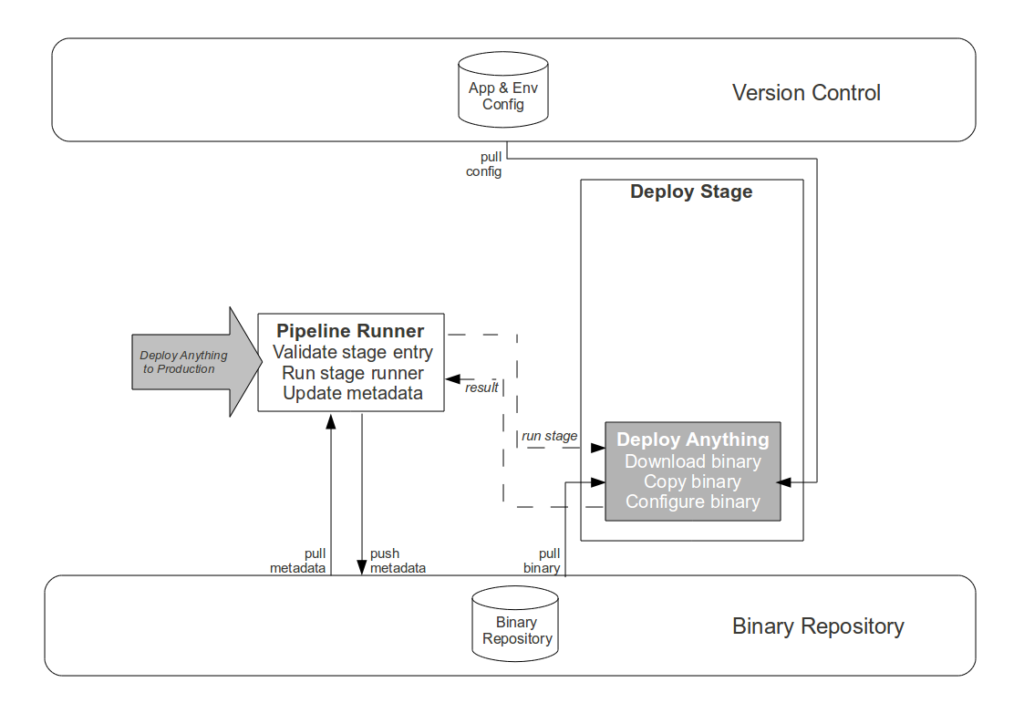The Strangler Pattern reduces the pipeline entry cost for multiple applications
When adding an application into a Continuous Delivery pipeline, we must assess its compatibility with the Repeatable Reliable Process already used by the pipeline to release application artifacts. If the new application produces artifacts that are deemed incompatible, then we can use a Artifact Interface to hide the implementation details. However, if the new application has an existing release mechanism that is radically different, then we must balance our desire for a uniform Repeatable Reliable Process with business expectations.
Assuming that the rationale for pipelining the new application is to de-risk its release process and improve its time-to-market, spending a significant amount of time re-engineering the pipeline and/or application would conflict with Bodart’s Law and harm our value proposition. In this situation we should be pragmatic and adopt a separate, application-specific Repeatable Reliable Process and manage the multiple release mechanisms within the pipeline via a Stage Interface and the Strangler Pattern.
The Strangler Pattern is a legacy code pattern named after Strangler Fig plants, which grow in rainforests where there is intense competition for sunlight. Strangler plants germinate in the rainforest canopy, growing down and around a host tree an inch at a time until the roots are reached and the host tree dies. The Strangler Pattern uses this as an analogy to describe how to replace legacy systems, with a Strangler application created to wrap around the legacy application and gradually replace it one feature at a time until decommissioning. The incremental progress of the Strangler Pattern facilitates a higher release cadence and de-risks system cutover, as well as allowing new features to be developed alongside the transfer of existing features.
To use the Strangler Pattern in Continuous Delivery, we first define a Stage Interface as follows:
Stage#run(Application, Version, Environment)
For each pipeline stage we can then create a default implementation to act as the Repeatable Reliable Process for as many applications as possible, and consider each incoming application on its merits. If the existing release mechanism of a new application is unwanted, then we can use our default stage implementation. If the legacy release mechanism retains some value or is too costly to replace at this point in time, then we can use our Stage Interface to conceal a fresh implementation that wraps around the legacy release mechanism until a strangulation time of our choosing.
In the below example, our pipeline supports three applications – Apples, Oranges, and Pears. Apples and Oranges delegate to their own specific implementations, whereas Pears uses our standard Repeatable Reliable Process. A deploy of Apples will delegate to the Apples-specific pipeline stage implementation, which wraps the Apples legacy release mechanism.
In a similar fashion, deploying Oranges to an environment will delegate to the Oranges-specific pipeline stage implementation and its legacy release mechanism.
Whereas deploying Pears to an environment uses the standard Repeatable Reliable Process.
If and when we consider it valuable, we can update the pipeline and/or Apples application to support the standard Repeatable Reliable Process and subsequently strangle the Apples-specific pipeline stage implementation. Both Apples and Pears are unaffected by this change.
Finally, we can strange the Oranges-specific pipeline stage implementation at a time of our choosing and attain a single Repeatable Reliable Process for all applications.
It is important to note that if the legacy pipeline stage implementations are never strangled, it is unimportant as a significant amount of return on investment has still been delivered. Our applications are managed by our Continuous Delivery pipeline with a minimum of integration effort and a minimum of impact upon both applications and pipeline.
